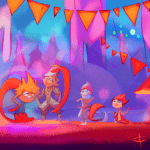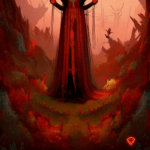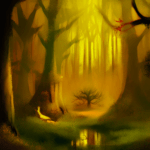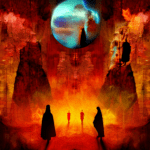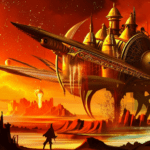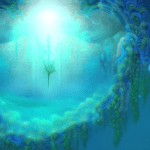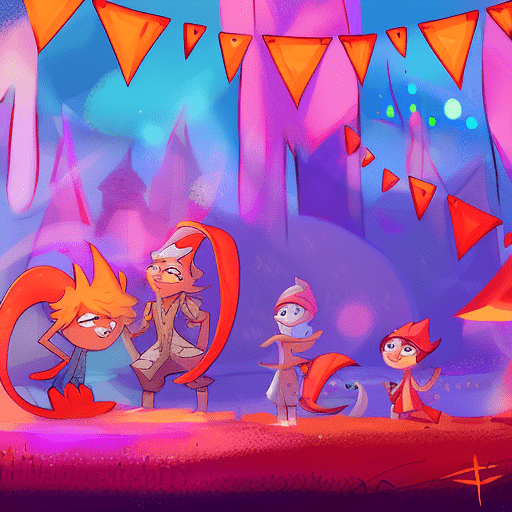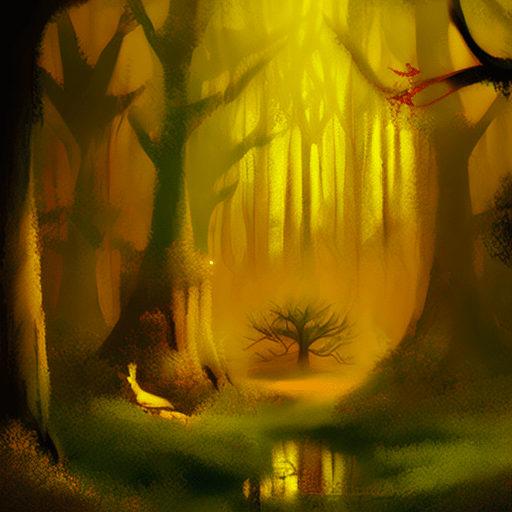One-line summary:
Kristin Lavransdatter is a captivating historical novel set in medieval Norway, exploring the life and struggles of the strong-willed and passionate Kristin as she navigates love, faith, and societal expectations.
The Life of Kristin Lavransdatter
Set in the 14th century, “Kristin Lavransdatter” by Sigrid Undset follows the life of the titular character, Kristin, a headstrong and independent young woman living in medieval Norway. The novel is divided into three books: “The Wreath,” “The Wife,” and “The Cross,” each depicting different stages of Kristin’s life.
In “The Wreath,” we are introduced to Kristin as a young girl growing up on a farm in the rural countryside. She is the daughter of Lavrans, a respected landowner, and Ragnfrid, a pious and devout woman. Kristin’s upbringing is deeply influenced by her parents’ contrasting personalities, with her father’s love for adventure and her mother’s strict adherence to religious principles.
As Kristin enters adolescence, she becomes infatuated with Erlend, a charming and handsome nobleman. Despite her parents’ disapproval, Kristin embarks on a passionate affair with Erlend, leading to her pregnancy and eventual marriage to him in “The Wife.” However, their relationship is marred by tragedy, infidelity, and societal expectations, causing strain and heartache for Kristin.
“The Cross” delves into the consequences of Kristin’s choices and the challenges she faces as a woman in a patriarchal society. She grapples with guilt, religious fervor, and the complexities of love and duty. As she tries to find redemption, Kristin’s journey takes her on a pilgrimage to Rome, where she seeks solace and forgiveness.
Themes of Love, Faith, and Society
“Kristin Lavransdatter” explores several themes that resonate throughout the novel:
Love: The novel delves into the complexities of love, highlighting both its joys and its sorrows. Kristin’s passionate love for Erlend leads her to make choices that have far-reaching consequences, ultimately testing the limits of her devotion.
Faith: Religion plays a significant role in Kristin’s life, shaping her moral compass and influencing her decisions. The novel examines the tension between religious doctrine and personal desires, as Kristin struggles to reconcile her faith with her own desires and actions.
Society and Gender Roles: Set in a patriarchal society, “Kristin Lavransdatter” explores the constraints placed on women and the expectations they face. Kristin’s journey challenges societal norms and expectations, as she seeks to assert her independence and forge her own path.
Key Takeaways:
- Love can be both a source of joy and pain, and the choices we make in the name of love can have far-reaching consequences.
- Religion and faith can provide guidance and solace, but they can also create inner conflicts and moral dilemmas.
- Societal expectations and gender roles can limit individual freedom and agency, particularly for women.
“She had been given a choice, and she had chosen the wrong thing. And now she must pay for it.” – Sigrid Undset, Kristin Lavransdatter
In conclusion, “Kristin Lavransdatter” is a compelling historical novel that delves into the life of a strong-willed woman navigating love, faith, and societal expectations in medieval Norway. Through Kristin’s journey, readers are invited to reflect on the complexities of love, the role of religion in shaping one’s moral compass, and the challenges faced by women in a patriarchal society.
